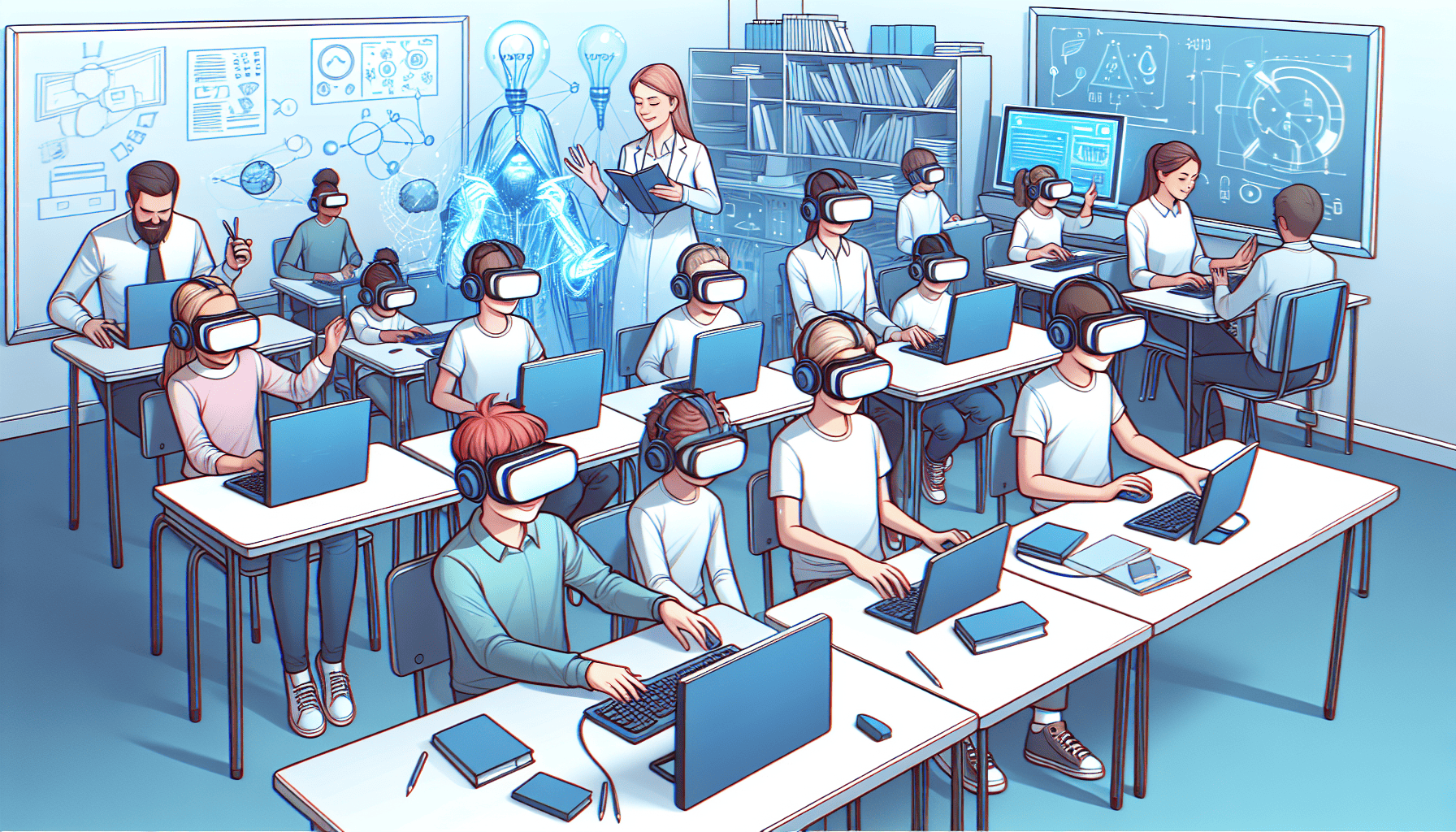In recent years, the integration of Artificial Intelligence (AI) into educational settings has sparked significant interest, bringing a transformative shift to classroom interactivity. This technology not only enhances the way information is delivered and absorbed but also opens up new avenues for personalized learning experiences. As educators and institutions grapple with the best ways to incorporate AI, it's clear that the potential for enhancing classroom interactivity is vast and multifaceted.
AI-driven tools are revolutionizing classroom interaction by providing personalized learning experiences. Adaptive learning platforms, powered by AI, assess the individual learning style and pace of each student, customizing content to suit their needs. This means that students who grasp concepts quickly can move on to more complex materials, whereas those who need more time are not left behind. This level of personalization minimizes frustration and maximizes engagement, fostering an environment where each student can thrive.
Moreover, AI enhances interactivity through real-time feedback mechanisms. Traditional methods of assessment often result in delays between the learning experience and feedback, which can impede the learning process. AI can facilitate instantaneous feedback, allowing students to understand their mistakes and successes immediately. This real-time feedback loop keeps students engaged and provides a clear path for improvement, encouraging an interactive dialogue between the student and the learning material.
Another area where AI significantly impacts classroom interactivity is through its ability to create immersive learning environments. AI can facilitate the incorporation of virtual and augmented reality into lessons, providing students with hands-on experiences that were previously impossible in a traditional classroom setting. These tools can simulate real-world scenarios, enabling students to apply theoretical knowledge in practical settings, thus enhancing understanding and retention of information.
AI also has the potential to foster a more collaborative learning environment. By facilitating communication and collaboration within the classroom, AI can help students work together on projects, even if they are in different geographical locations. Intelligent systems can group students based on their strengths and weaknesses, promoting peer-to-peer learning and collaboration. This dynamic shifts the traditional teacher-led classroom to a more student-centered approach, where learners are co-creators of knowledge.
Furthermore, AI can assist educators in managing administrative tasks, allowing them to focus more on teaching and engaging with students. AI can automate grading, track student progress, and even identify students who may need additional support, providing teachers with insights that can help tailor their teaching strategies. This not only increases efficiency but also enhances the quality of interactions between teachers and students, as educators can devote more time and attention to individual needs.
However, the integration of AI in classrooms also presents challenges that need to be addressed. Issues such as data privacy, the digital divide, and the need for educators to adapt to new technologies cannot be overlooked. Ensuring that AI is used ethically and inclusively is crucial in realizing its full potential to enhance classroom interactivity.
In conclusion, the role of AI in enhancing classroom interactivity is both significant and transformative. By personalizing learning, providing real-time feedback, creating immersive learning environments, and fostering collaboration, AI opens up new opportunities for a more engaging and effective educational experience. As educators and institutions navigate the challenges and seize the opportunities presented by AI, the future of classroom interactivity looks promising and exciting. Embracing this technological evolution will not only equip students with the skills needed for the future but also transform the way they interact with knowledge and with each other.
